An interview with Marc Brown
The Children’s Book Review
In this episode, I talk with Marc Brown, the creator of the bestselling Arthur Adventure book series which has over 160 million Arthur books in print.
Marc Brown is the executive producer of the longest-running children’s television series, Arthur, on PBS. We talk about the conception of Arthur, how the Arthur Adventures became a book and TV series, and, most importantly, we discuss Believe in Yourself: What We Learned from Arthur. He lives in New York City and Martha’s Vineyard.
Discussion Topics:
- Believe in Yourself: What We Learned from Arthur.
- The conception of Arthur: Arthur’s Nose.
- How the Arthur Adventures became a book series and TV series.
- Meeting Mr. Fred Rogers.
- Behind the scenes of creating Believe in Yourself: What We Learned from Arthur.
- Marc Brown on becoming a reader.
Listen to the Interview
Read the Interview
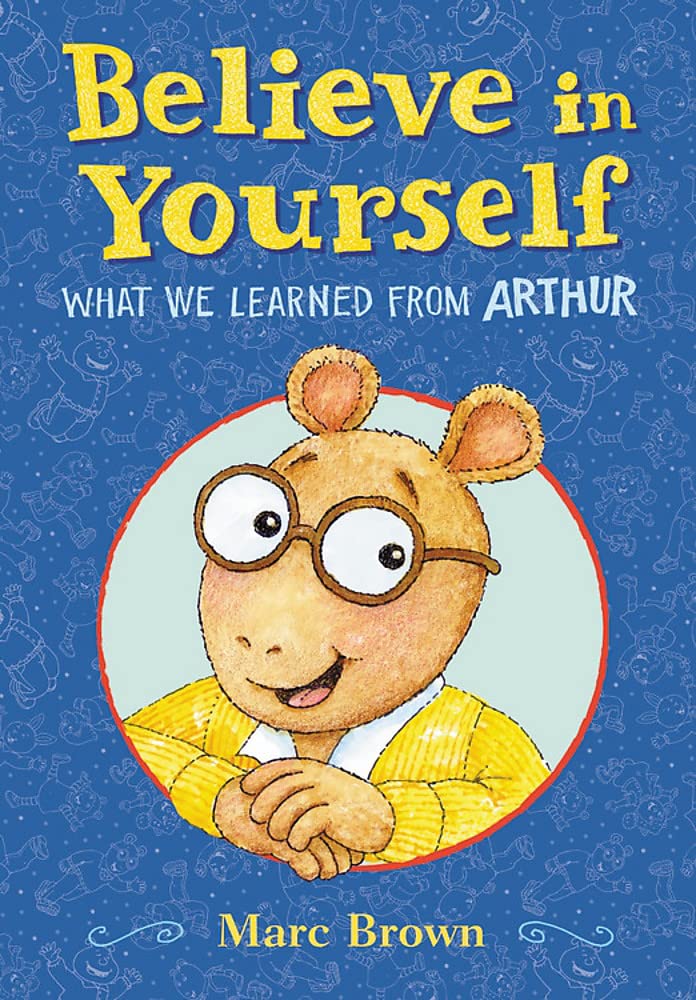
Bianca Schulze: Marc Brown, welcome to the Growing Reader’s Podcast. I am so thrilled to have the opportunity to talk to you about your new book, Believe in Yourself: What We Learned from Arthur.
Marc Brown: I’m excited to talk to you about it.
Bianca Schulze: I love the fact that it highlights forty-five years of the books and twenty-five years of the TV show. But can I start by asking how it feels to have been entertaining families for decades, not only in the U.S. but in more than eighty-three languages and countries?
Marc Brown: It makes me feel wonderful. And I’m kind of aware of it being a big responsibility.
Bianca Schulze: I can imagine, I mean, being invited into families’ homes and teaching them all these incredible life lessons.
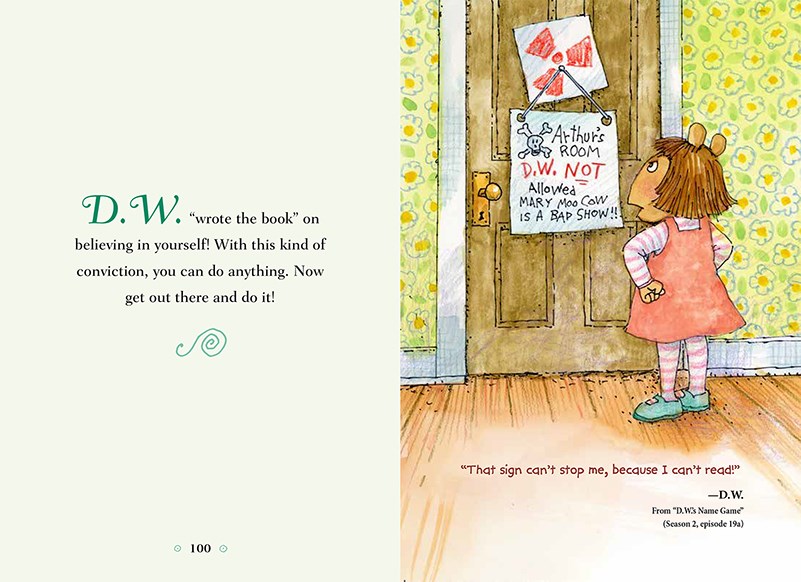
With the final season of the animated series airing this spring, it’s kind of the perfect time to release Believe in Yourself because it is filled with those nuggets of wisdom and some of the humor that we’ve learned from Arthur and friends over the years. So, before we take a deep dive into the book, I’m hoping that you’ll share, just for nostalgia’s sake, the story of how Arthur, the eight-year-old aardvark, first came to be. In a quote from the back matter of Believe in Yourself, you said Arthur literally saved you.
Marc Brown: I was having a terrible day. I had just learned that the small college where I was teaching in Boston was closing. I was jobless and I had a young son who needed diapers and all kinds of things. I went home and he wanted a bedtime story that night. I said, oh, I’m kind of feeling kind of sad. I just lost my job. And he said, oh, Dad, maybe it will make you feel better. And he was right.
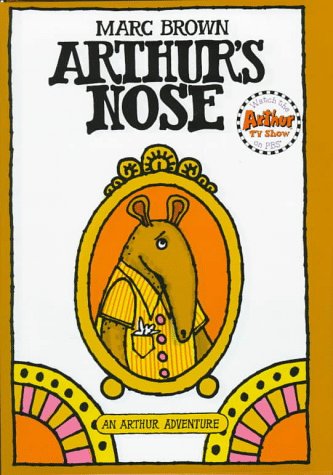
So together, we looked for an animal to tell this story about. And I started searching in the pantheon of children’s literature for an unused animal, and aardvark kind of popped up. And so, we started there, and then he wanted to know his name. And then he asked me for a little drawing of Arthur, and when I was drawing it, I realized Aardvarks had big noses. And so that’s kind of where the story began, and it was a story about Arthur’s nose.
And you know, I realized after I finished the story and tucked him in that I really had fun doing that. And I remember my great grandmother and grandmother telling us stories when we were kids and how much fun that was. So, I thought, could this be a job?
I wrote down the bedtime story and did some drawings, and I took it to Little Brown publishers in Boston, and my first editor, Emily MacLeod, read it. She said it needed a lot of work, and she was right. I was using a paragraph for what a good picture book sentence can do. When you write a picture book, you know, you’ve got the words on one side, the pictures on the other side, and it’s like you’re balancing that delicate scale. And I always want the words to do what the pictures can’t do and the pictures to do what the words can’t do. So, if you get a duplication, I try to subtract what I don’t need because I believe less is more.
Bianca Schulze: Absolutely.
And so, you had Arthur’s Nose. And then I know that you attribute the idea of Arthur becoming a series to librarian Mary Lankford and MacLeod, who you just mentioned. So, talk us through this. You started with Arthur’s Nose, and then suddenly you had this series.
Marc Brown: Well, it was the power of teachers and librarians that I think gave Arthur his sendoff. I was terrified of going out and speaking to people in public. And so, I kind of forced myself to accept these school visits. And on one of the early visits, Mary Lankford, a librarian in Dallas, Texas, said to me, Marc, are you serious about this business? Do you want to make a living at it? And I said, yeah, I really like doing this. And she said, well, you should consider some holiday books because teachers are always looking for holiday books for kids.
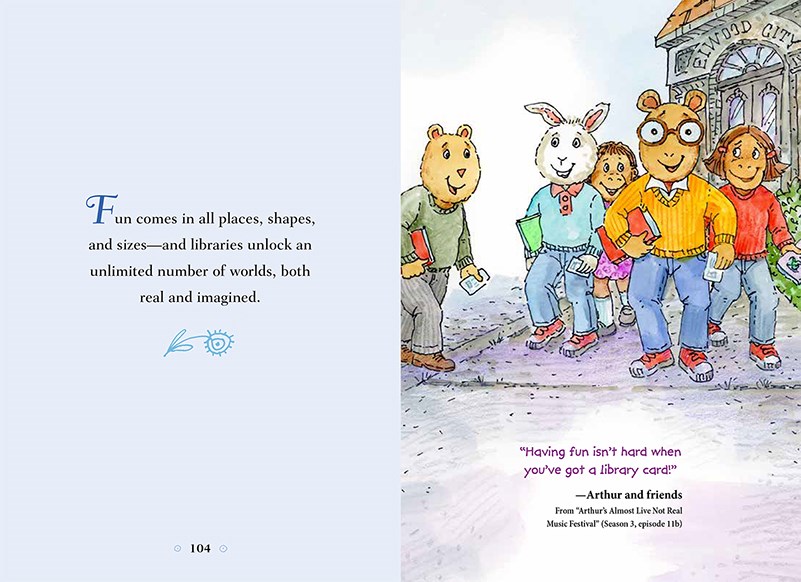
So, I went to work trying to figure out what holidays I would write about. And that got me started. And I also learned the power of a series about a character and how that could really make a difference with kids. Because once a child enjoyed the characters, they were reading about, they wanted more. So those were things that helped me along in the beginning.
Bianca Schulze: Ok. So, we’ve gone from one picture book and then we have this series that’s starting to blossom, and many authors will only have a dream of their books becoming a TV show or a movie. So, tell us about the step from Arthur becoming a book going from paper to the screen. How did that happen?
Marc Brown: I got this phone call from Carol Greenwald, executive producer for children’s programming at WGBH in Boston, a PBS affiliate, and she wanted to talk about taking Arthur to television. And to be honest with you, I wasn’t really that interested. I had turned down a couple of offers before this, and she said, but listen to what we want to use Arthur for, Marc. We want kids to watch television and use animation to make kids want to read. And I thought, well, that is a pretty good use, positive use of television.
And at the time, my wife Laurie was co-directing Project Zero with Howard Gardner at Harvard, and they were studying children’s media. So, I was a little plugged into media through her. And the first thing she said parents should do with kids and television is to teach them how to turn it off. Yes, that’s kind of where I was coming from.
Bianca Schulze: I love it. Well, you might be amused to know that my seven-year-old has not been taught how to turn it on.
Marc Brown: You are a great parent. I learned from my friend Fred Rogers, who used television successfully with kids for many years that you could use it in positive ways to teach kids and draw them in. So, I kind of wanted to learn from Fred and how he had used TV in positive ways and carry that over to Arthur.
Bianca Schulze: Ok, well, since you just bought up Fred Rogers, I know that from reading Believe in Yourself and the backmatter that one of the most rewarding aspects of creating the show of Arthur was the friends that you made and that the day that you probably treasure the most was the day that you met and befriended Fred Rogers. So, I would love to hear about that day if you’d be willing to share.
Marc Brown: Yeah. Well, you know, one of the fun parts of my job with Arthur and television was turning our guest stars into animals. And I was invited to go to Pittsburgh along with some of the other people who made the show. And it turned out to be a very rough morning. I got stuck in a traffic jam driving to Logan Airport in Boston, and I missed my flight to Pittsburgh, where we were to meet Fred.
I got to the desk at the airport and to the woman who was there—I was almost in tears—I said, I’ve got to get on a plane to Pittsburgh. I’ve got an appointment with Mr. Rogers. And she said, The Mr. Rogers? And I said yes. And so, she started clicking away on her computer. And before I knew it, I was on the next flight to Pittsburgh in first class.
Bianca Schulze: Oh, my goodness!
Marc Brown: The power of Fred, right?
So, I got to his television studio and the receptionist said, everyone’s at lunch, but just go down to the end of the hall, and you can wait in Fred’s office. So, I opened the door and there was Fred sitting on his sofa and he said to me, oh, Marc, I’m so glad you’re here; I was waiting for you.
Bianca Schulze: Oh!
Marc Brown: And the tension of the day just melted away.
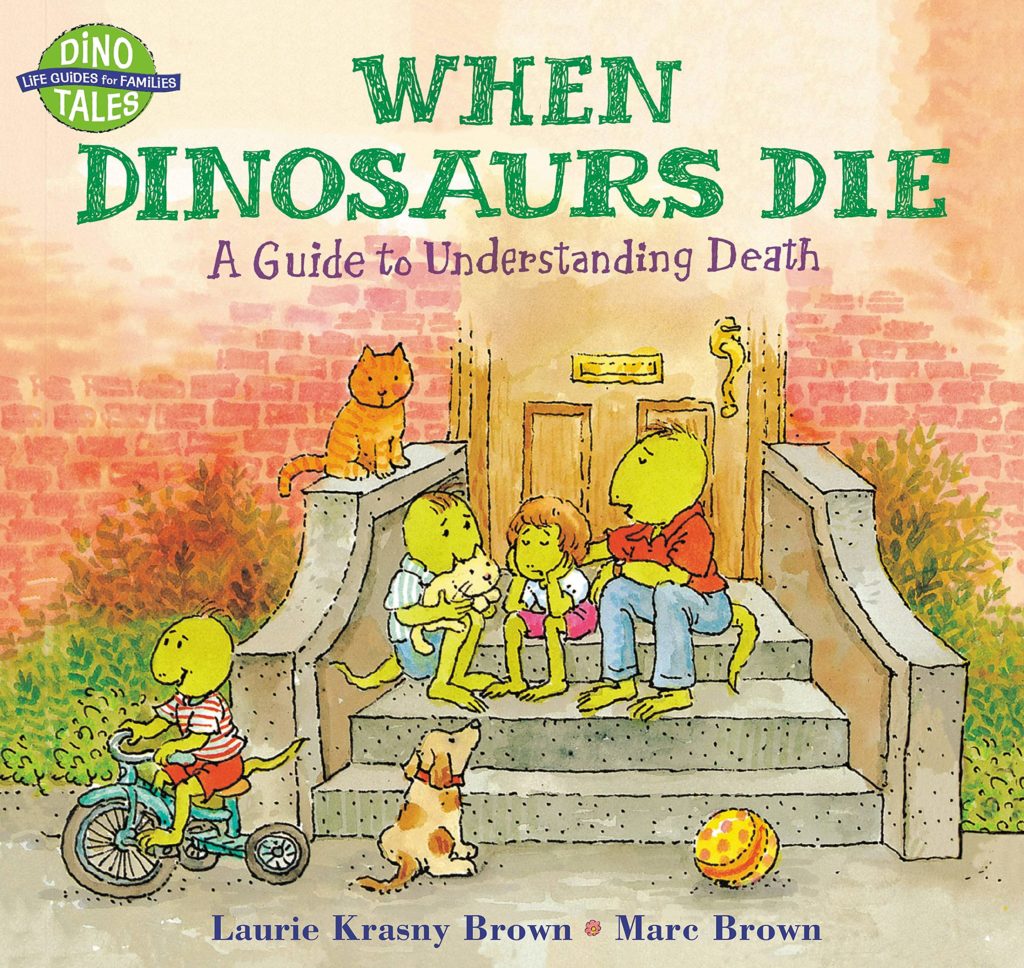
I knew that he had just lost his friend, Johnny Costa, who played the piano on his show forever. And so, I took him a book that my wife, Laurie, and I did together When Dinosaurs Die. It’s a book about helping families get through the loss of someone. He said, oh, I know this book. I use it with families all the time. I love it. And I also took a little Arthur stuffed animal, and he hugged it, and we had a wonderful day together.
He’s showing me around his studio and how all the puppets worked and the sets work. And at the end of the day, I was saying goodbye to him and walking down the hall, and I heard a little voice behind me. It said, Marc, Marc. I turned around and Fred had opened the door to his office a little bit and he could get Arthur’s head out the door and he was using him as a puppet. And he said, don’t worry about me, Mark, I’ll be just fine.
Bianca Schulze: Oh my gosh.
Marc Brown: And you know, that was my first encounter with the great Fred Rogers.
Bianca Schulze: Oh, I love that. I love how you described him from a personal meeting was how we have come to know him from TV. I’m so glad that you shared that.
I bet you never imagined in your wildest dreams that from 1976, when Arthur’s Nose was released and then now in 2022, the picture book series has more than 100 books. And I’ve read in Publishers Weekly that just in the U.S. alone, more than sixty-five million copies have sold, let alone becoming the longest-running animated children’s series in television history. Since people often measure success in different ways. I just want to know, at what point in your career did you realize that author was a triumph?
Marc Brown: There was no specific point in history where I realized that he wasn’t going anywhere. And, you know, this year is monumental for Arthur, celebrating twenty-five years of TV and forty-five years of books. [Meow.] That’s my cat, Romeo, meowing in the background.
Speaker2: Hi, Romeo.
Marc Brown: He wants something to eat. So, you know, this year is special, and that’s really how the book happened—wanting to celebrate this year and the two anniversaries happening together. In a way, you know, I thought I’m probably never going to write a memoir. So, this book is probably the closest thing that I’ll get to writing a memoir. It allowed me to introduce Arthur’s whole experience and adventure and then share a lot of personal facts about writing books and making TV shows—and that was very satisfying.
Bianca Schulze: Yeah, I bet.
So, let’s dive in a little bit deeper. I just want to say the title one more time because I love it. Believe in Yourself: What We Learned from Arthur.
So, you’ve described Arthur as an aardvark navigating the mud puddles of life. I love that description. So, to pull from your welcome note in the book, Arthur has tackled some of life’s smallest and greatest challenges, from head lice and bullying to fear and anxiety to coping with a loved one’s cancer diagnosis. So, I want to know who helped decide which life lessons and special moments should be highlighted. Because with so much creative content to pull from, decades like that can’t have been an easy job.
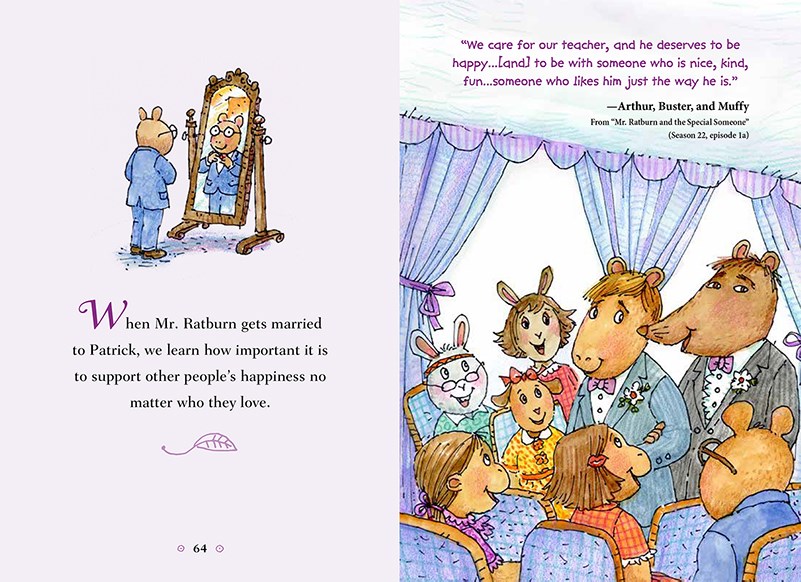
So how did you decide which highlights to put in this book and which nuggets of wisdom to share?
Marc Brown: I gave myself the luxury of a few months to really review all the books and the television programs, and it was just a very personal matter of choosing things that resonated with me or things I felt we did pretty well to help kids and families. So it was just a personal selection of Arthur’s greatest hits, I guess.
Marc Brown: Yeah, I love it.
There are also more than 60 pieces of all-new artwork in the book. Do you have a favorite spread you could talk about creating and why it’s meaningful to you in the book?
Marc Brown: There’s not one, but there are several of them. There are the spreads of art that I redid from television shows. Because when this all began, this transition into television, I had to share my characters with the animators drawing my characters. And in this book, I could go back and redraw things that I wanted to tweak a little bit and make the book art and the television art come together as one. So that was very satisfying to be able to redo the art from the television programs and make it meld into where I started with the books.
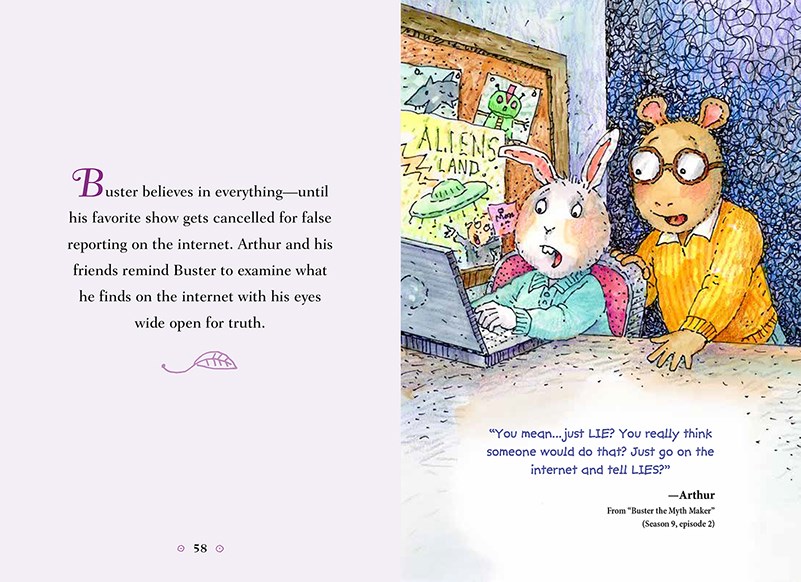
Bianca Schulze: I’m curious. When animators first started drawing Arthur for the TV shows, did you have any specific feelings about that? Because, you know, his look has changed since that original Arthur’s Nose book.
Marc Brown: That’s one of the questions I often get asked from kids. Why did Arthur’s nose change? And you know that first book, Arthur’s Nose, is a very long aardvark and nose. It was not a conscious effort, but over the years, his face got rounder, and his nose got smaller and smaller and smaller. I sometimes wonder, do you think Michael Jackson may have read my books as a child? I don’t know. I worry about things like that.
Bianca Schulze: When this book is in the hands of a reader, and I’m going to going to guess that this book won’t just be in the hands of young readers, it’s going to be in the hands of older readers, too, that grew up with Arthur themselves. So, what impact do you hope that Believe in Yourself has on readers, young or old?
Marc Brown: I think it will remind us of and refresh us about all the things that Arthur has taught us over the years. Writing this book was unique for me because I was writing for this wide audience—parents who were sharing Arthur with their kids but who grew up with Arthur. I mean, that doesn’t happen too often with picture books. So, I was kind of celebrating childhood with the adults and introducing children anew to Arthur. So, it was a really interesting project to put those two groups together in one book.
Bianca Schulze: I’m sure that you hear from so many fans of both the Arthur books and TV episodes about the impact your characters and their experiences have had on them. So, is there a piece of fan mail that stands out to you that you’d be willing to share? Does a piece of fan mail pop right into your head?
Marc Brown: Oh, every day. Every day things come in.
This letter is one that came in yesterday. I’m getting more and more letters from adults.
Dear Mr. Brown, I grew up reading Arthur’s books. I loved your book so much. And when I was a kid, my sister and I tried to use Arthur’s method of pet sitting in order to convince my parents to let us get a dog. Long story short, the idea never became utilized, but we were able to get a dog. We had named nicknamed him Pal. Honestly, I did love the books, and I used to have a collection of all of them. I also grew up watching the TV show, and I’ll still watch the occasional episode. They do a great job of addressing different situations.
You know, or I’ll hear from parents who have autistic kids—we’ve addressed that with Arthur, and it doesn’t often get addressed by television shows for children—and how impactful that was for their family. I got a letter from a father who didn’t realize his child was autistic until he saw the program about autism with Arthur. So, Arthur has really done some good things for families.
Bianca Schulze: Marc Brown. I’m so grateful that you first wrote Arthur’s Nose with your son. You could have been down in the dumps that one day.
Marc Brown: I know, right?
Bianca Schulze: But you seized the moment, connected with your son, and had all kinds of great adventures.
I have a question that I like to ask everybody, and it’s kind of a classic book nerd question. But they say that you need to be a reader first to be a writer. And so, I’m curious, was there a pivotal moment in which you considered yourself a reader? And what were the books that you remember reading the most as a child?
Marc Brown: The earliest book I remember was a little golden book about a boy going to the circus with his father, spending the day with him, and coming home at night. And I can still see these beautiful skies that the illustrator painted: pinks and blues and yellows. So that’s the first book that made an impression on me, but we didn’t have a lot of books in our house. There wasn’t a lot of money growing up, so I remembered being grateful to the bookmobile in the summer when school was out, and I could go every week and pick out new books.
But you know what I think helped me more than anything as a child to build this foundation and confidence to become a writer is growing up with a great grandmother and a grandmother who told us stories whenever we wanted them.
My great-grandmother would tell us stories about coming to America with her 13 brothers and sisters and getting stuck on an iceberg for two weeks and having to cut bread for them while the storm was brewing outside. The ship was rocking in the dark because they were down in the ship’s hold and how she cut her hand open. And then she would show me the scar. Her stories were filled with amazing details like that.
And then her daughter, Grandma Thora, became Arthur’s, Grandma Thora. She would tell us stories whenever we wanted them and usually give us a back rub. I remember her spooky stories the best because she would take out her false teeth, and that would make them really spooky. She was terrific—a terrific storyteller.
Bianca Schulze: I love it. Well, obviously, you know it got passed down to you.
So, before we go, Marc, I just want to know the first thing that pops into your mind when I say the best part of your career so far is…
Marc Brown: Unfinished.
When I was writing the book, I reread the first book, Arthur’s Nose, and it ends with there’s a lot more to Arthur than his nose. And little did I know how true that would become and what great adventures Arthur would take me on.
Bianca Schulze: Oh, that’s such a great way to end our conversation, Mark. Thank you so, so much for your time. It’s been an absolute pleasure talking with you.
Marc Brown: Thank you.
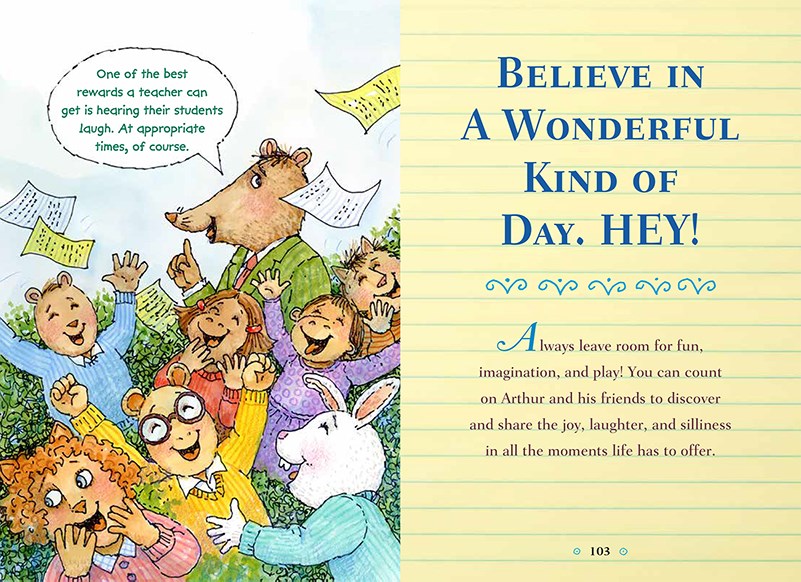
About the Book

Believe in Yourself: What We Learned from Arthur
Written and Illustrated by Marc Brown
Ages 4-8 | 128 Pages
Publisher: Little, Brown Books for Young Readers | ISBN-13: 9780759554566
Publisher’s Synopsis: As the award-winning Arthur TV series reaches its twenty-fifth anniversary, what better way to celebrate America’s favorite aardvark than this collection of life lessons perfect for graduations and other milestones!
Join Arthur and his friends as they share the funniest and most heartfelt moments from the longest-running children’s television show in US history and classic book series created by master storyteller Marc Brown. This treasure trove of quotes and life lessons is divided into five sections that will inspire readers of all ages to listen to their hearts, work together, have an original point of view, and most of all, to believe in themselves!
Featuring over 60 pieces of all-new artwork, here is a keepsake perfect for superfans young and old—as well as the next generation being introduced to this beloved character.
Buy the Book
Show Notes
Resources:
- https://pbskids.org/arthur
- https://www.fredrogers.org/
- When Dinosaurs Die: A Guide to Understanding Death
- Project Zero: http://www.pz.harvard.edu/
Discussion Topics:
- Believe in Yourself: What We Learned from Arthur.
- The conception of Arthur: Arthur’s Nose.
- How the Arthur Adventures became a book series and TV series.
- Meeting Mr. Fred Rogers.
- Behind the scenes of creating Believe in Yourself: What We Learned from Arthur.
- Marc Brown on becoming a reader.
Special thanks to wgbh.org for permission to use the Arthur Theme Song.
Thank you for listening to the Growing Readers Podcast episode: Marc Brown Discusses Believe in Yourself: What We Learned from Arthur. For the latest episodes from The Growing Readers Podcast, Follow Now on Spotify. For similar books and articles, you can check out all of our content tagged with Life Lessons, Marc Brown, Picture Book, and Self-Empowerment.

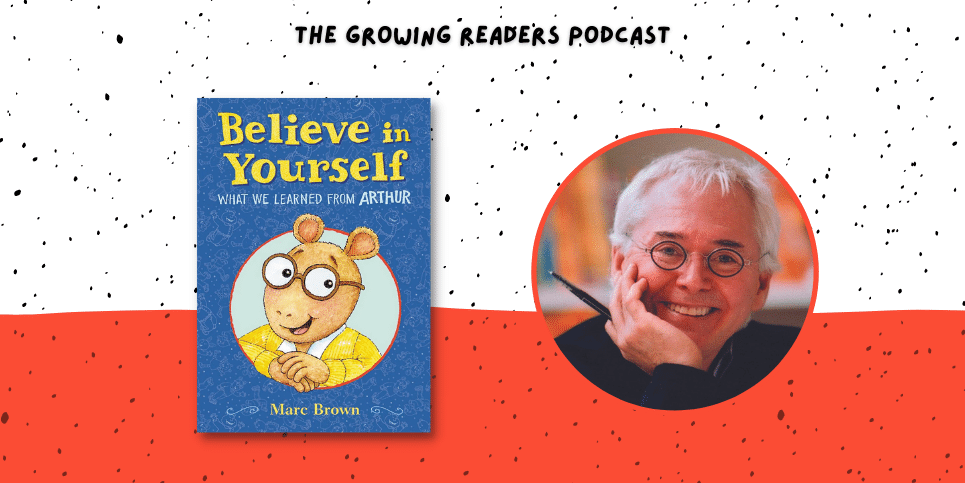
1 Comment
Dear
Brown
New show
A bear show
Mr bear
Bun
Monster bear movie